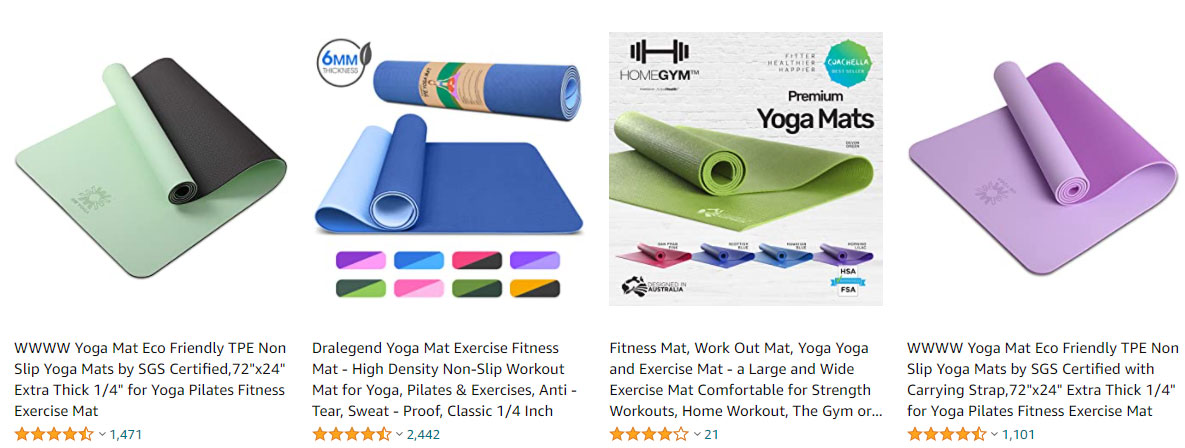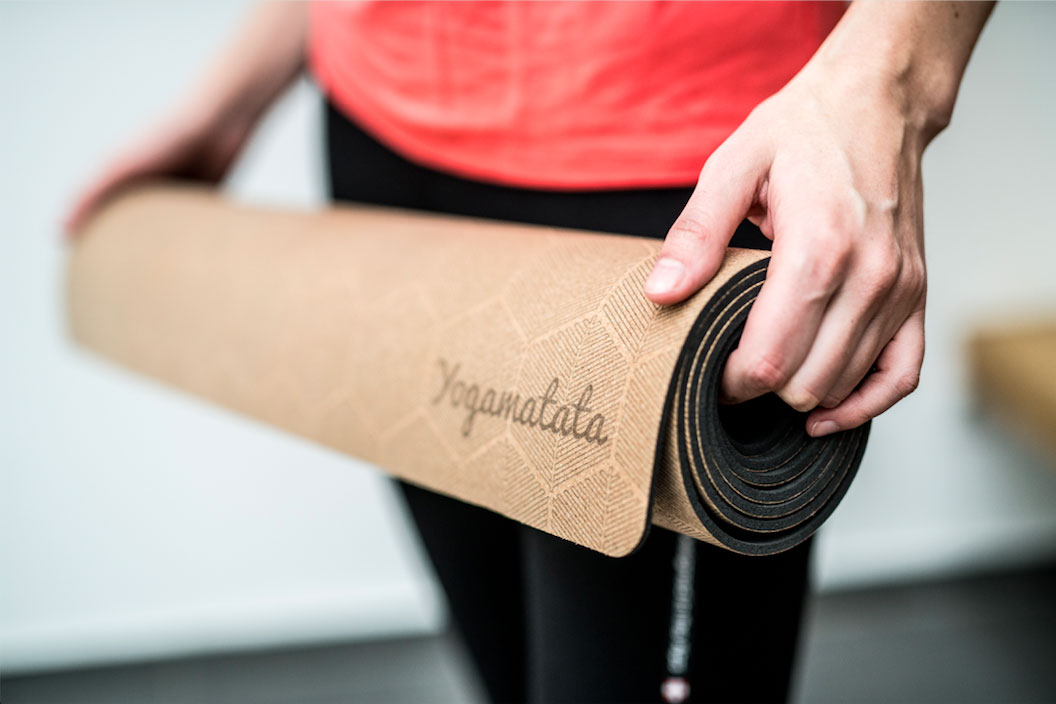How to choose a yoga mat
It's decided, you're taking up yoga! We can only congratulate you on this initiative. Indeed, yoga is an ancestral discipline with multiple benefits. Be careful though, for an effective session, it is essential to choose your yoga mat well! Thin or thick? Big or small? Round or rectangular? Cotton or rubber? A thousand and one questions are running through your mind. Don't panic, in this article, we help you to find the ideal yoga mat!
WHY CHOOSE A REAL YOGA MAT?
When you're first starting out in yoga, it's tempting to find a backup mat. An old bath towel, a friend's gym mat, or even the decorative mat in the living room... sure, all these options seem practical and economical!
Of course, everyone is free to do what they think is best, within their means. However, there are several reasons to buy a real yoga mat. For good reason, the yoga mat is not a useless gadget! On the contrary, it is an essential accessory.
Indeed, the yoga mat is fully designed for this practice. Unlike many other mats, it combines several specific characteristics. It is these details that will allow you to really carry out your session in the best conditions.
The primary objective of the yoga mat is to avoid imbalances and falls. It thus has a safe function. It also offers a perfect comfort allowing to let go more easily.
Let us see together precisely what are the characteristics of a good yoga mat...
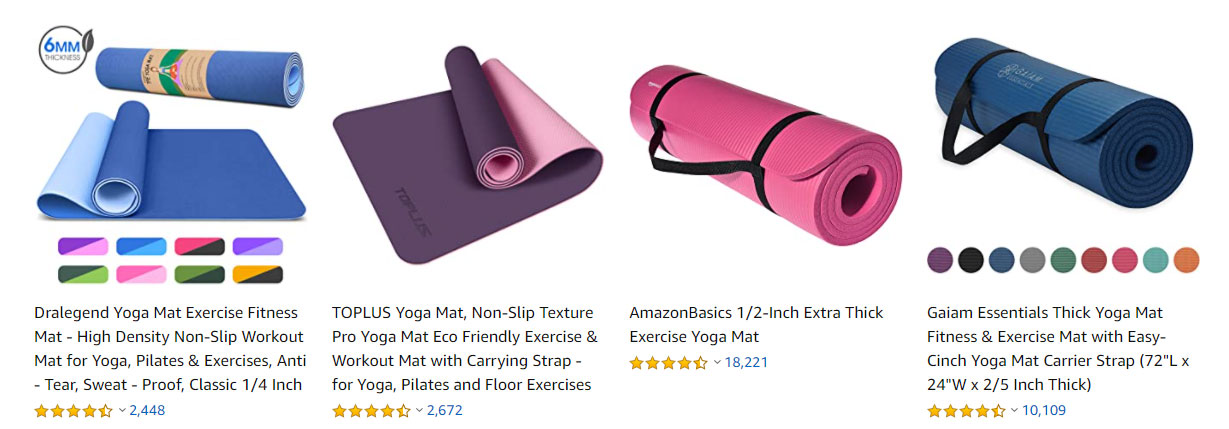
BUYING A YOGA MAT: IMPORTANT CRITERIA
A yoga mat should not be too thick or too thin. If it is too thin, you may not be able to move comfortably. However, if it's too thick, you won't feel the floor under your body enough, and that will interfere with some of your sensations.
Also, a mat that is too thick can cause imbalance in some of the more acrobatic positions. The right balance is therefore the ideal solution! The right yoga mat is about 4 to 6 millimeters thick, depending on your preferences and your usual practices.
Also, note that your physical condition is a factor in this choice. For example, if you are pregnant or have joint pain, choose a 6-millimeter mat. On the other hand, if you suffer from back pain, choose a 4-millimeter mat.
Either way, listen to your body. Test several models, and choose the one you feel most comfortable with. It is very important to be totally comfortable to practice yoga in the best conditions.
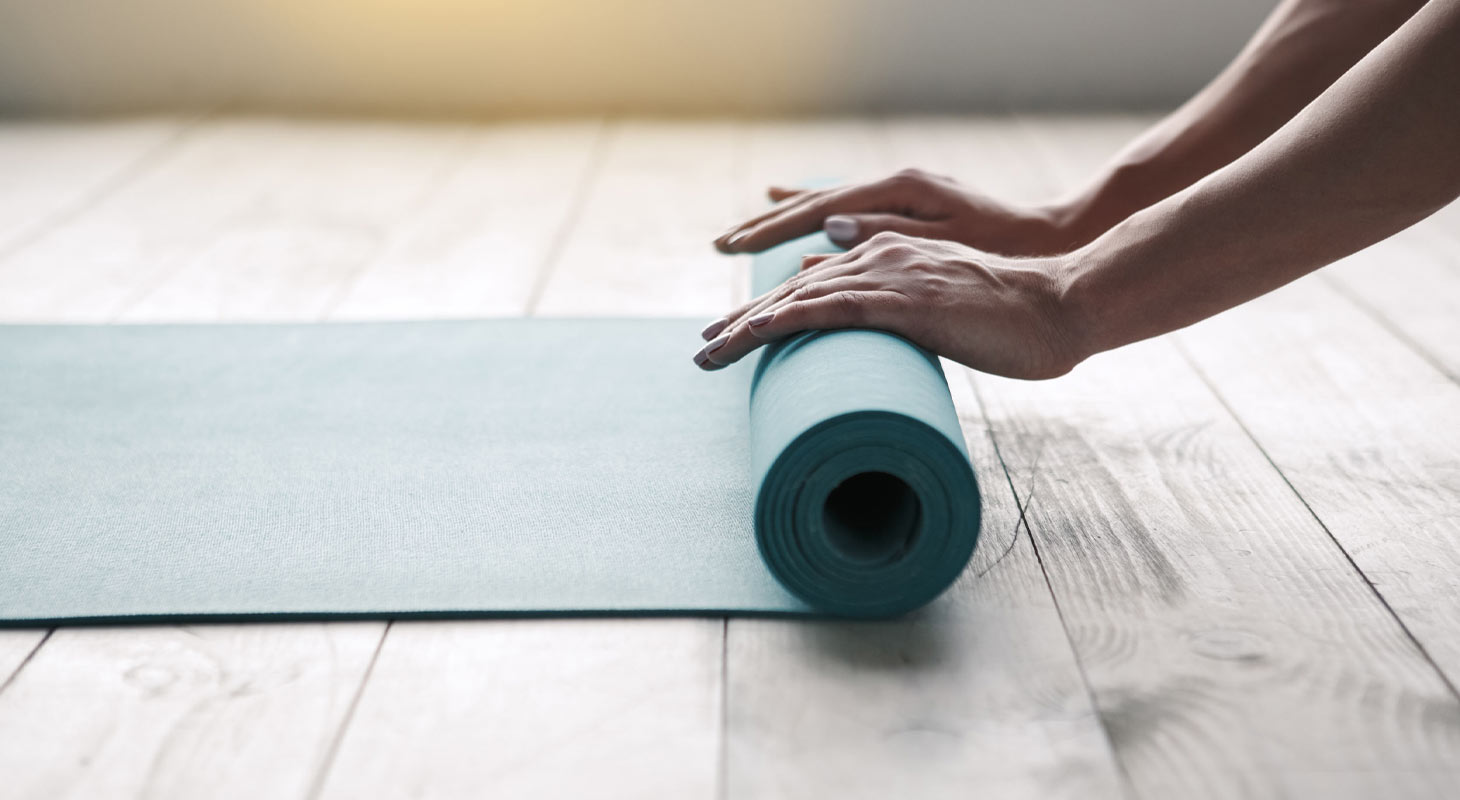
A DIMENSION ADAPTED TO YOUR MOVEMENTS
Depending on the type of yoga practiced, the movements performed can be very diverse. If certain practices require only few gymnastic figures, others require a lot of space. It is therefore important to adapt the size of your mat to your way of doing.
It is always better to choose a mat that is too big than too small. The size of a yoga mat must be adapted to all your movements. It would be a shame to end your exercises half on the floor because you saw too little...
To choose your yoga mat, select a model which measures, at least a few centimeters more than your size in length. In width, you must be able to lie with your arms spread out without your hands sticking out of the mat. Always allow for a few inches of width.
Some people are afraid to take a mat that is too big, for fear of not being able to carry it easily. However, large doesn't have to mean heavy. A yoga mat can be large and light! It can be easily folded in 4 in a bag. These are usually the yoga mats in 1mm thickness.
A NON-TOXIC AND NON-SLIP MATERIAL
Yoga is above all a physical exercise. Who says efforts says often perspiration. Hands and feet can easily slip after a few minutes of practice. The mat may also not adhere well to the floor, and may slip in turn.
These inconveniences undeniably disrupt the smooth running of the session. They can even lead to falls and injuries. It is therefore very important to choose a quality mat with a naturally non-slip material.
First of all, we avoid cotton mats, which are much too slippery. They can however be reserved for very soft yoga like yin yoga or hatha yoga. We are also wary of PVC, burlap or wool mats.
These are generally very slippery, not very durable, and sometimes even not very respectful of the environment and animals. Instead, use cork or natural rubber, with, if necessary, a small towel underneath to optimize the anti-slip aspect.
Also note that PVC yoga mats contain toxic substances. Few know it, but we find in this type of mat phthalates which are carcinogenic toxins, as well as heavy metals, which are the cause of various chronic diseases.
All of these undesirables can easily seep into the skin, especially with repeated use. It is therefore very important to find a yoga mat that is non-slip, environmentally friendly and safe for your health in the long run.
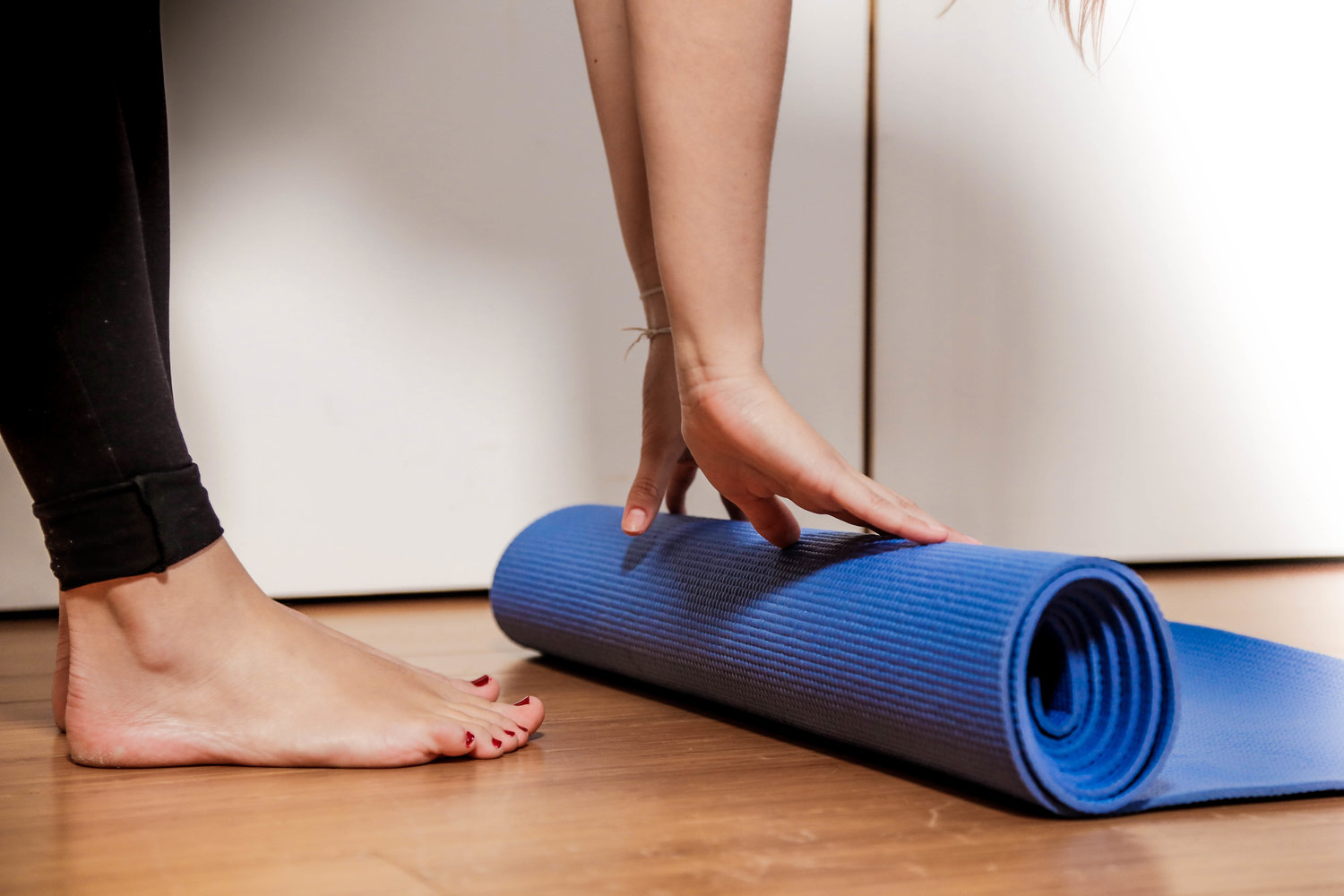
WHAT PRICE TO PUT IN A YOGA MAT ?
On the market, we must admit, the offers are very varied. It is possible to find a yoga mat at only 15 dollars as well as at more than 50 dollars. The difference is enormous! It is therefore normal to ask the question: what is the right price for a yoga mat?
Of course, we will all be tempted to go for the cheapest accessory. However, we must be wary. Indeed, a discount yoga mat may seem attractive, but may be of lesser quality, and may not last over time.
Thus, if you are obliged to repurchase a yoga mat every 3 months, the sum can quickly become consequent. In the end, isn't it more economical to buy a more expensive but durable mat than a less expensive and ephemeral one? This question deserves to be asked.
We live in an industrial and productivist society that invites us to consume more and more at the lowest prices. However, it might be preferable, in different areas of our life, to allow ourselves 1 real quality product than 5 mediocre ones.
GIVE PREFERENCE TO ETHICAL PRODUCTS
Beyond quality, which is an essential point, ethics is also something that should be taken into account. You should know that when a product is very cheap, it usually comes from poor countries where workers are exploited for the benefit of big brands.
For example, it is not uncommon for discount yoga mats to be made in China or Bangladesh. It is therefore always better to buy your yoga mat from a small passionate craftsman rather than from a multi-billion dollar brand that produces items in an assembly line.
If you really want to buy your yoga mat from a brand, choose the brands that are committed. It is also possible to find good used products at a lower price. In any case, opt for a purchase in accordance with your values.
HOW TO MAINTAIN YOUR YOGA MAT ?
Once you have purchased the ideal yoga mat, it would be a shame to ruin it with a bad routine. Indeed, as any product, a yoga mat, it is maintained! Don't worry, it's not very complicated, just a few good habits to get into!
During each session, your yoga mat can get dirty. With perspiration, bacteria accumulate, and are sometimes even responsible for bad odors. It is therefore recommended to disinfect your yoga mat after each use.
For this, you can perfectly concoct your own disinfectant based on natural ingredients. For example, a mixture of white vinegar combined with a few drops of essential oils of lavender and lemon will do the trick!
Some yoga mats can be washed in the washing machine. If this is the case, it will be indicated on the instructions. However, if in doubt, it is better to avoid. The washing machine, especially at high temperature, can damage your yoga mat.
The same goes for the dryer of course. Some materials do not tolerate heat very well. To avoid some irreparable damage, it is always better to let your yoga mat dry quietly in the open air.
Note that, in any case, by disinfecting your mat regularly and scrupulously, you will need very little additional washing. So take good care of your yoga mat on a daily basis so that it will be your ally in the long run!
